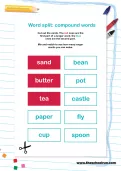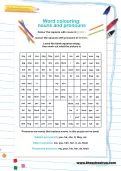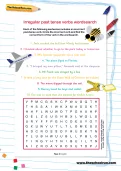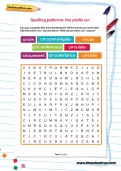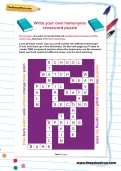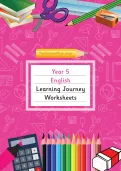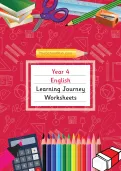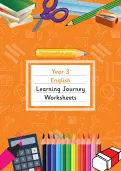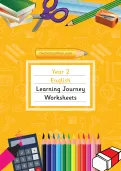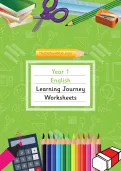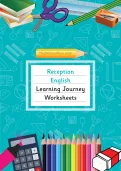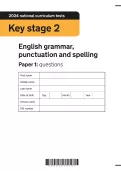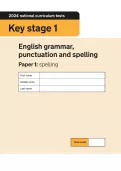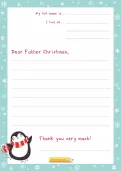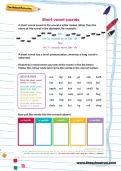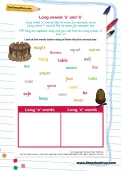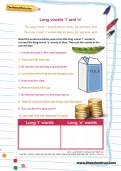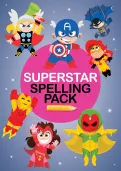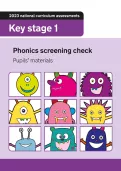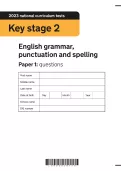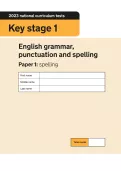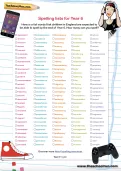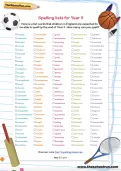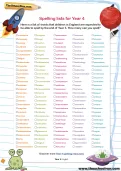TheSchoolRun.com closure date
As we informed you a few months ago, TheSchoolRun has had to make the difficult decision to close due to financial pressures and the company has now ceased trading. We had hoped to keep our content available through a partnership with another educational provider, but this provider has since withdrawn from the agreement.
As a result, we now have to permanently close TheSchoolRun.com. However, to give subscribers time to download any content they’d like to keep, we will keep the website open until 31st July 2025. After this date, the site will be taken down and there will be no further access to any resources. We strongly encourage you to download and save any resources you think you may want to use in the future.
In particular, we suggest downloading:
- Learning packs
- All the worksheets from the 11+ programme, if you are following this with your child
- Complete Learning Journey programmes (the packs below include all 40 worksheets for each programme)
You should already have received 16 primary school eBooks (worth £108.84) to download and keep. If you haven’t received these, please contact us at [email protected] before 31st July 2025, and we will send them to you.
We are very sorry that there is no way to continue offering access to resources and sincerely apologise for the inconvenience caused.
English worksheets
Free worksheets: Word puzzles, KS2
You’ll need to login or Register first to access these worksheets for free.
Word split: compound words
Word colouring: nouns and pronouns
Irregular past tense verbs wordsearch
Spelling patterns: the prefix cir-
Write your own homonyms crossword puzzle
If not, look them up in the dictionary. On the next page you’ll need to create TWO crossword puzzles where the homonyms are the answers. Each word will need two different clues, one for each meaning.
Year 6 English Learning Journey Pack
Each programme comprises 40 worksheets that cover all the core skills that your child will have been taught during the school year.
This instantly downloadable pack includes all 40 worksheets in the Year 6 English programme.
Year 5 English Learning Journey Pack
Each programme comprises 40 worksheets that cover all the core skills that your child will have been taught during the school year.
This instantly downloadable pack includes all 40 worksheets in the Year 5 English programme.
Year 4 English Learning Journey Pack
Each programme comprises 40 worksheets that cover all the core skills that your child will have been taught during the school year.
This instantly downloadable pack includes all 40 worksheets in the Year 4 English programme.
Year 3 English Learning Journey Pack
Each programme comprises 40 worksheets that cover all the core skills that your child will have been taught during the school year.
This instantly downloadable pack includes all 40 worksheets in the Year 3 English programme.
Year 2 English Learning Journey Pack
Each programme comprises 40 worksheets that cover all the core skills that your child will have been taught during the school year.
This instantly downloadable pack includes all 40 worksheets in the Year 2 English programme.
Year 1 English Learning Journey Pack
Each programme comprises 40 worksheets that cover all the core skills that your child will have been taught during the school year.
This instantly downloadable pack includes all 40 worksheets in the Year 1 English programme.
Reception English Learning Journey Pack
Each programme comprises 40 worksheets that cover all the core skills that your child will have been taught during the school year.
This instantly downloadable pack includes all 40 worksheets in the Reception English programme.
Key Stage 2 - 2024 English SATs Papers
Key Stage 1 - 2024 English SATs Papers
Handwriting practice: Letter to Father Christmas
Short vowel sounds worksheet
Long vowel sounds 'a' and 'e'
Long vowel sounds 'i' and 'o'
Superstar Spelling Pack
Take your spelling to the next level, impress your classmates and boost your confidence with Superstar Spelling.
